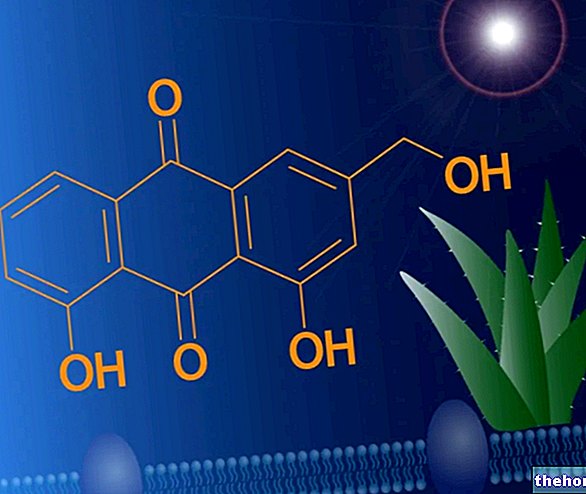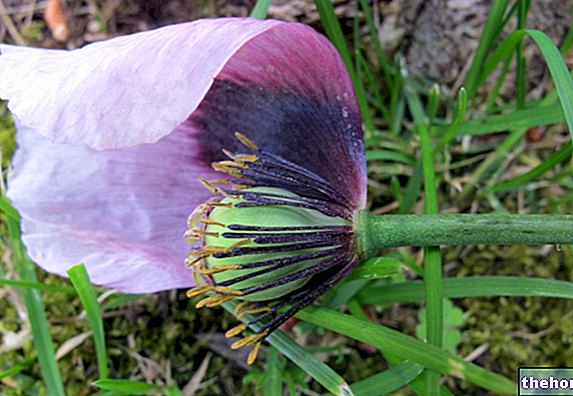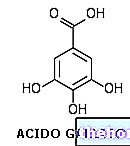Another aspect that belongs mainly to the biotechnology sector is given by mutations. To induce mutations means to "shoot in the dark without a viewfinder", but if you have a machine gun and the environment is small, maybe a few hits are scored; this is the case for biotechnologies and their ability to induce mutations.
The biotechnologist uses mutagic induction tools, such as UV rays, to see the "effect of" exposure of the microorganism to these elements (with reference to the production of the active ingredient of interest); subsequently, therefore, it carries out a selection to identify those subjects that have undergone a mutation favorable to the achievement of the biotechnological objective.
Another aspect to consider is the hybridization, which can be traced back in particular to a drug: China. The active ingredients that characterize it - quinine, quinidine, cinchonine and cinchonidine - have antimalarial, herbal eupeptic and liqueur aperitif activity. China is also important for its bittering power, in fact in the Pharmacopoeia it is the reference for the qualitative and objective evaluation of the bitter taste of all bitter and digestive drugs. The quinine alkaloid is the reference for bitter taste, this because it has nitrogen generally incorporated in a heterocyclic ring. Cinchona, in nature, as a cultivated plant, gives drugs with very variable quantities of active ingredients, especially in terms of quinine.
Altitude also affects the yield of active ingredients; one of the medicinal sources most subject to this influence is Tea (Thea sinensis, family Teacee), whose leaves are the drug. Tea is a small tree, raised and grown as a shrub to facilitate the often manual harvesting of the leaves. Grows in quality when grown above 1000-1200 meters.
Gentian (Gentian lutea, Genzianaceae family) - a perennial herbaceous plant, which grows in submontane areas, but especially in the Apennines - is cultivated between 1500 and 2000 meters in order to obtain a drug of medicinal interest.
Another example is given by Coca (Erythroxylon coca, family Erythroxylaceae) small shrub native to South America, which grows on the Andes, at altitudes above 1000 meters, giving a drug of both pharmaceutical and luxury interest. The active ingredient cocaine is used in the pharmaceutical and dental fields as a local anesthetic; but it also has a notable discretionary and social interest.
Drug of medicinal interest that grows on high ground is also Rhubarb (Rheum officinale, Polygonaceae family); plant of Chinese origin, grows above 500-700 meters; the rhizome is used. It is a drug of herbal importance due to its eupeptic and stimulating laxative properties.
Ginseng (Panax ginseng, Araliaceae family), is another "typical drug that prefers the high ground"; it is characterized by the root and the short rhizome with a curious shape, almost anthropomorphic (ginseng = little man). Typical plant of the Asian area (China, Japan, Korea, Indonesia), it is cultivated between 1700 and 2300 meters; it is an adaptogenic drug and more precisely adaptogenic - tonic; the active ingredient that characterizes it is a saponin glycoside, a secondary metabolite , called ginsenoside. The ginseng drug must therefore be grown and harvested in the high ground, respecting the descriptions given in the Pharmacopoeia and the characteristics that certify its quality.
Other articles on "The influence of the high ground on the yield of some medicinal plants"
- Biotechnology, genetic factors and selection
- Pharmacognosy
- Soil quality and yield of some medicinal plants




























